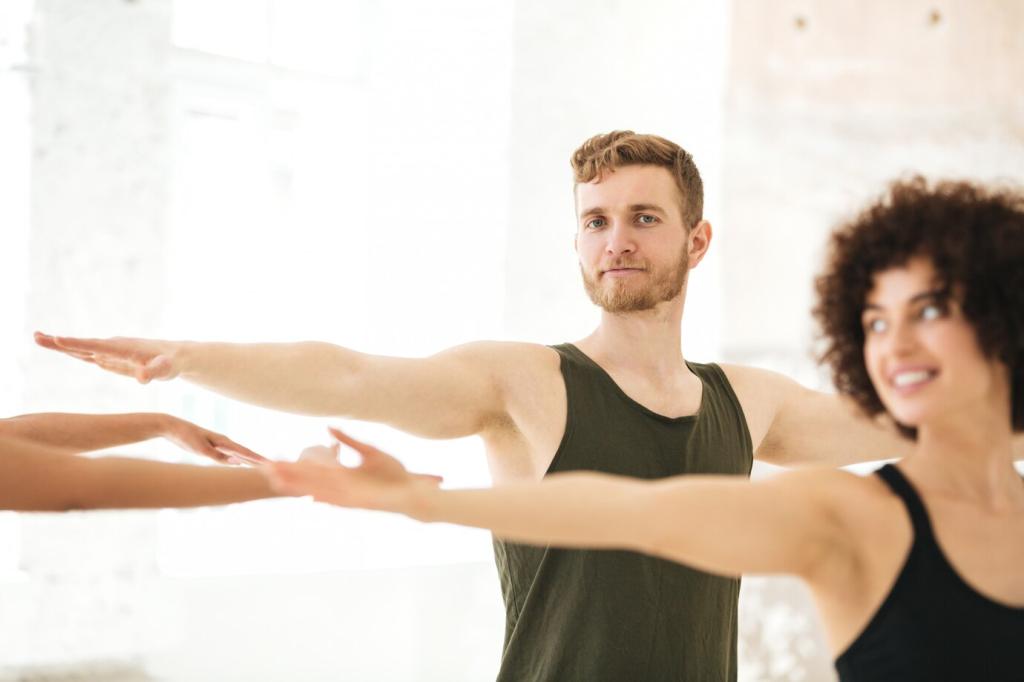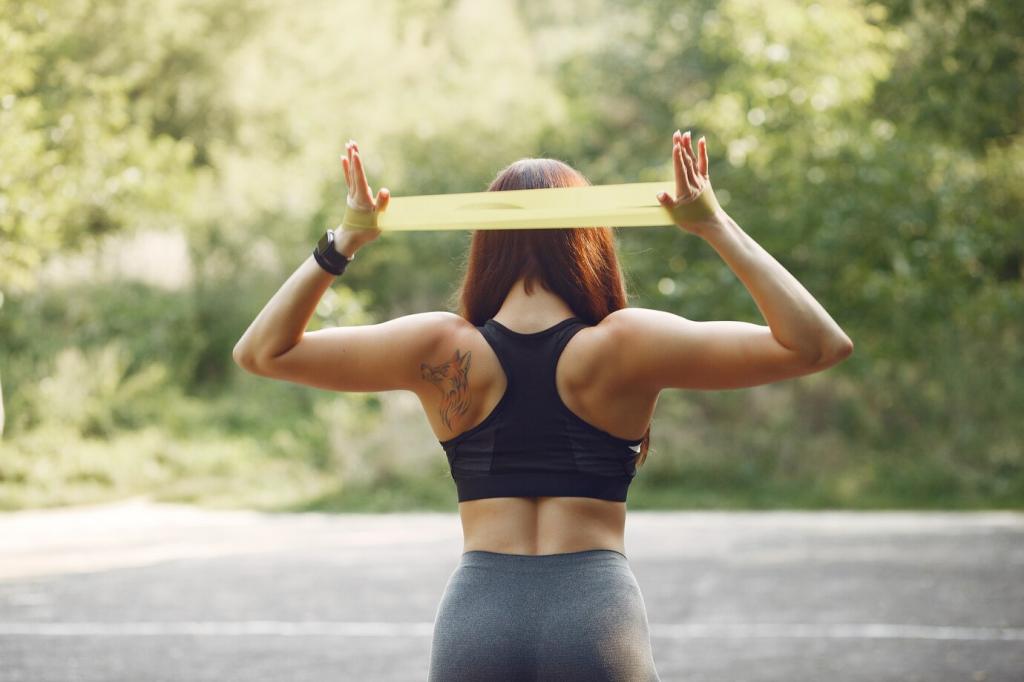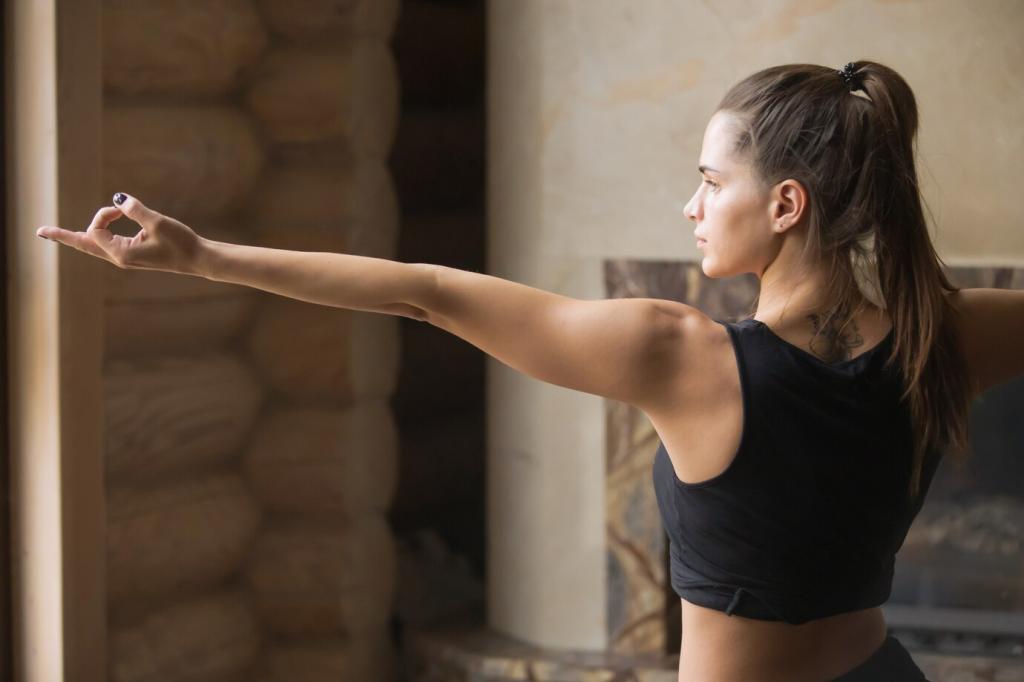Move Freely: Flexibility-Enhancing Yoga Techniques
Chosen theme: Flexibility-Enhancing Yoga Techniques. Step onto your mat with curiosity and courage. Here, we explore science-backed practices, compassionate progressions, and human stories that help you lengthen safely, move with grace, and feel at home in your body.

Muscles, Fascia, and Your Nervous System
Flexibility improves when muscles, fascia, and your nervous system cooperate. Gentle, progressive loads reduce guarding, while breath calms the stretch reflex. Share your biggest tight-spot in the comments, and we will help match techniques to your body’s unique responses.
Active Versus Passive Range of Motion
Passive range feels spacious, but active range protects joints. Build end-range strength with controlled lifts and holds. Subscribe for weekly drills that pair mobility with stability, so your flexibility becomes useful in life, not just impressive on the mat.
Time Under Stretch and Tempo
Holds between thirty and ninety seconds, paired with slow breathing, teach tissues to tolerate length. Try contract–relax cycles for stubborn areas. Maya, a reader, gained comfortable forward folds in twelve weeks by pacing holds and avoiding painful forcing before bed.

Warm-Up Rituals That Prime Flexibility
Spend five minutes circling ankles, knees, hips, shoulders, and wrists. Small, patient motions bathe cartilage and wake stabilizers. Notice where motion feels gritty. Comment with the joint that surprises you most, and we will share a focused flossing micro-sequence.
Warm-Up Rituals That Prime Flexibility
Perform three to five slow Sun Salutations, emphasizing lengthened exhales. Think fluid shoulders in plank, buoyant hamstrings in downward dog, and soft jaw in forward fold. Save this as your pre-stretch ritual and subscribe to receive musical tempos for pacing.
Targeted Techniques for Common Tight Spots
Hamstrings: PNF in Half Splits (Ardha Hanumanasana)
From half splits, press the heel down gently for five seconds, then soften and deepen a breath or two. Repeat three rounds. Track fingertip position on the mat weekly, and post your progress photo to inspire our community’s hamstring journey.
Hips: 90/90 Transitions, Lizard, and Pigeon Progressions
Flow from 90/90 to Lizard, then a supported Pigeon with a block under the hip. Keep glutes active to protect the front knee. Tell us whether outer-hip tightness or hip flexors limit you, and we will tailor cues in upcoming guides.
Shoulders and Spine: Puppy Pose With Thoracic Rotations
Slide hands forward in Puppy Pose, then add slow thoracic rotations with a block squeeze to engage lats. The combination lengthens tissue while building control. Share your favorite shoulder opener and subscribe for a rotator cuff strengthening mini-series.

Breathwork That Unlocks Range
Inhale four, hold four, exhale four, hold four. This simple pattern signals safety, easing the stretch reflex. Pair it with gentle hip openers. Comment after trying one round in Butterfly Pose and note how your muscles respond differently.
Blocks, Straps, and Bolsters to Change Leverage
A strap extends your reach without collapsing the spine; blocks raise the floor; bolsters support calm. Adjust leverage until breath remains smooth. Tell us which prop changed everything for you, and we will feature your tip in next week’s roundup.
Micro-Progressions and Measurable Goals
Instead of chasing splits, celebrate two centimeters more reach, or one extra breath at end range. Log sensations, not just angles. Subscribe to download our printable flexibility tracker and share a snapshot of your first month’s tiny but meaningful wins.
Recovery, Consistency, and Community
Alternate deep stretching days with lighter mobility or restful walks. Gentle heat and easy breathing curb soreness. If sharp pain appears, regress and consult a professional. Share your favorite recovery ritual so fellow readers can learn from your experience.

Join our mailing list
